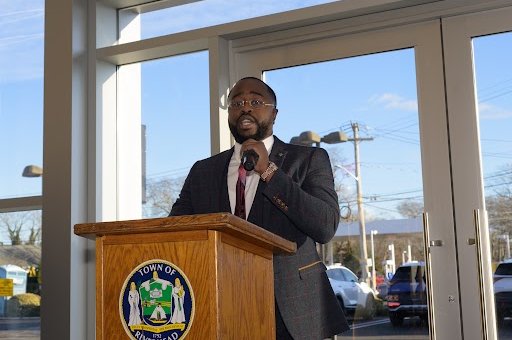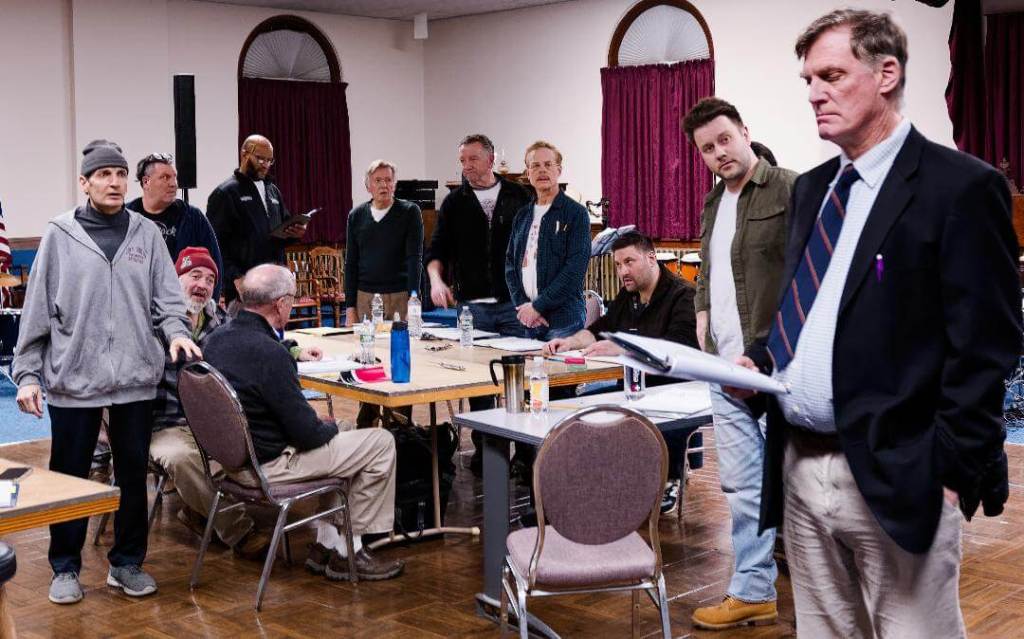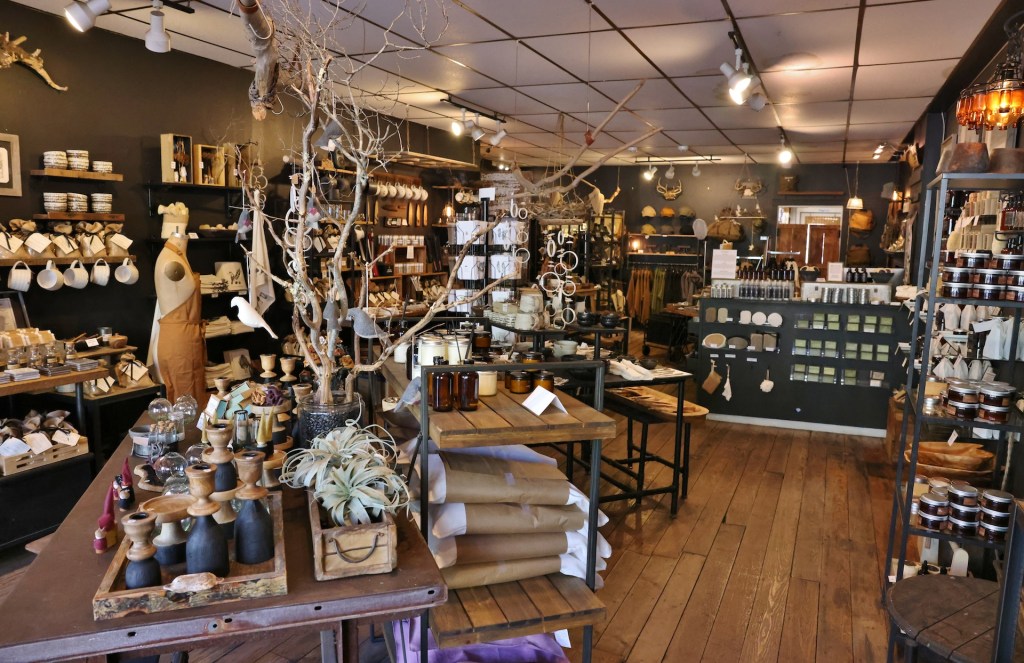Making Money: East Hampton Man Arrested for Cryptocurrency Fraud

A few weeks ago, I wrote about a box that fell off the back of a truck on Newtown Lane in East Hampton that contained potentially compromising banking depositor information at the local branch of Capital One Bank. The truck was from a company that does document shredding. As it pulled away, the back door flew open and out the box came. A local traffic policeman saw the box fall out and called it to the attention of a bank official, who retrieved it and later got it onto the back of another shredder truck, since the first one was long gone.
A letter went out to depositors. No harm done, nobody saw anything, but nevertheless they were offering free financial monitoring for a year from each of the three credit score services. I imagine many depositors took the bank up on it. There’s a lot of banking activity on Newtown Lane. In that single block, there are three separate banks.
Also on Newtown Lane is a UPS store that has turned out to be the mailing address for a company called Greystone Website Management Company, run by an East Hampton man named Randall Crater. Crater listed the address for this company as 81 Newtown Lane. That’s the UPS store. Anyone with $120 can buy a mailbox at UPS for one year. Crater also reportedly had an address at another property in East Hampton, a house on Diane Drive.
All of this is important because Randall Carter is also the founder and principal operator of My Big Coin Pay Inc.—which was promoted as a worldwide online cryptocurrency operation—and has been arrested and charged in Florida with running an illegal financial scheme. There are four counts of wire fraud and three of unlawful monetary transactions, and the indictment says he took in $6 million duping citizens between 2014 and January 2017. This is according to the U.S. Commodity Futures Trading Commission—the CFTC—which filed a complaint against him in Massachusetts.
A photo of Mr. Crater found on one of his social media sites shows him standing in front of a giant statue that resembles the Wall Street bull, looking out at the camera, looking very trustworthy. He wears a suit. His hair is a little out of place. He has a growth of beard.
According to the indictment, Mr. Crater, who is 48 years old, has taken in money from at least 28 different customers seeking to take advantage of what My Big Coin supposedly had to offer. He reached out to them directly. According to Reuters, the complaint says he sent an email to one of his customers on January 28, 2015, reading, “we have 300 million in gold backing us.” It also alleges some of his other claims include that his company had a deal with Mastercard—buy My Big Coin currency, get the card and be able to buy things with it—or that people would be able to get cash in exchange for coins, none of which is true. Some people were asking if My Big Coin could become a challenger to PayPal.
However, according to the popular Wall Street site One More Cup of Coffee, the amount the company took in never got large enough for Crater or his associates (Mark Gillespie, John Roche and Michael Krueger, all of whom the CFTC also filed civil charges against, according to the U.S. Attorney’s office) to begin a Ponzi scheme, if they had chosen to do so. This reminded me, of course, of Bernie Madoff’s scheme that bilked people out of $50 billion. Madoff also had a residence in Montauk, though his office was in Manhattan, not Newtown Lane.
A British financial website called The Register, on the other hand, refers to a 2018 court filing in Massachusetts and says that it was effectively a Ponzi scheme and that though some money was, according to court filings, spent on artwork and jewelry, other monies were sent off to My Big Coin investors as “earnings” payouts.
The U.S. District Court filing on February 26 of this year in Massachusetts lists several places where Crater is said to have spent his supposed ill-gotten gains in these parts. I’ve looked at the paperwork. “Over the course of the scheme,” it says, “Crater spent over $330,000 in investor funds at the Southampton Jewelry Exchange.” He had also been spending at Southampton’s Lord and Guy, LLC auction house, the filing says, where he did buy a “rare stone” in 2014 for “approximately $87,008” and overall “spent more than $500,000 in investor funds.”
According to One More Cup of Coffee, a number of things seemed odd. My Big Coin had been a loud and prominent operation on social media, and that was often the work of outfits on the up and up, but—and this alerted investors that things weren’t quite right (which led to the investigation, I imagine)—My Big Coin was not listed on CoinMarketCap, and they did not have the proper licenses to conduct their cryptocurrency business. Meanwhile, at the time One More Cup of Coffee wrote about them last year, the posted price of My Big Coin had showed a sort of stall and no improvement. (My Big Coin brings to mind OneCoin, a cryptocurrency operation that was based in Bulgaria. It offered promises of, among other things, big returns with little risk, and ultimately turned out to be a “fraudulent pyramid scheme,” the FBI said.) As a result of these and other factors, One More Cup of Coffee advised that investors not to buy My Big Coin.
About eight years ago, a Dan’s Papers reporter wrote about a thrown-out ATM receipt supposedly found left behind at Capital One bank that showed “available balance” in the customer’s checking account to be $100 million.
There’s big financial doings on Newtown Lane in East Hampton. What, exactly, is not yet clear.
Numerous outlets have spoken to Crater’s lawyer Ray Chandler. He says Crater is innocent and that he has been cooperating with investigators.



